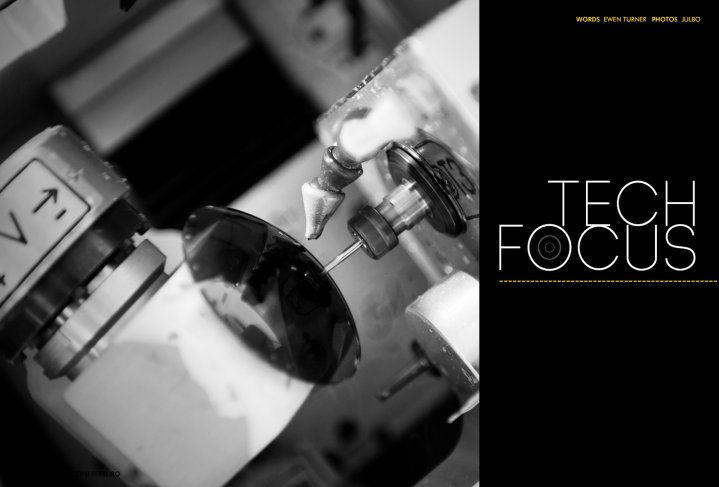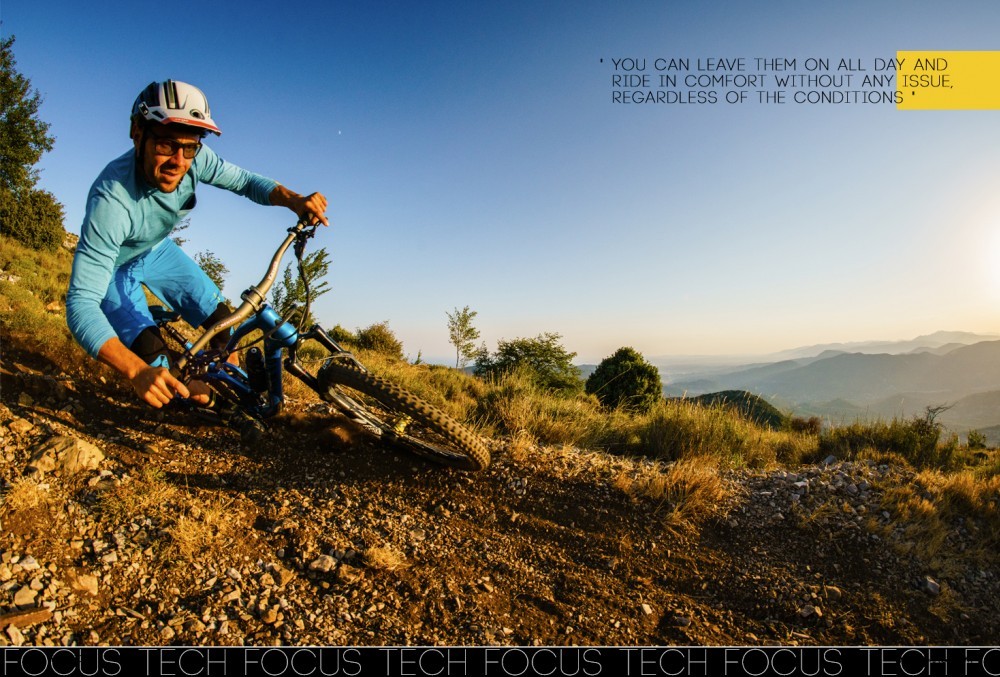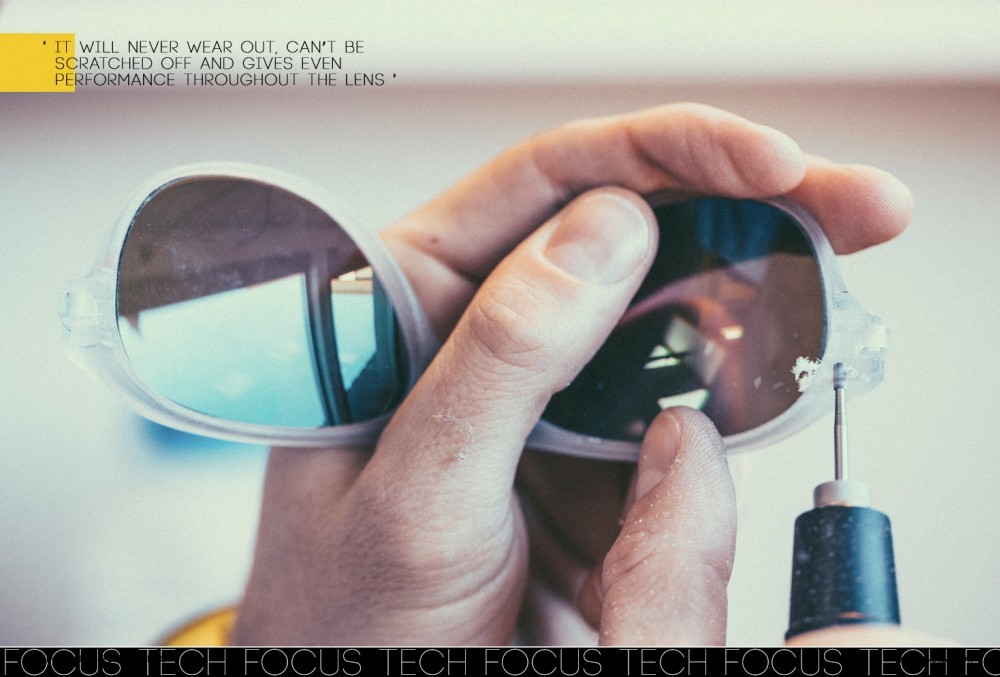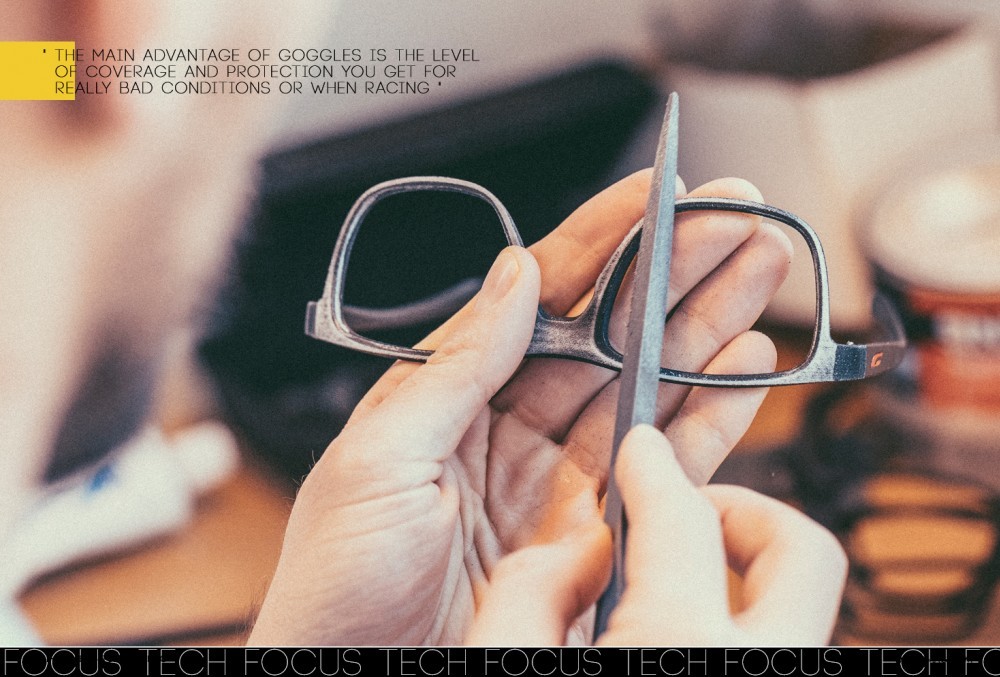
Tech Focus - Eyewear
Issue 59 / Thu 27th Jun, 2019
Ewen Turner chats to Chris Gordon about the technology behind modern riding eyewear, why we should use it and how they work.
The enduro open face helmet and goggles trend has receded slightly, but eyewear is still an essential addition to your trail attire, either for safety or fashion. We chat to Chris Gordon from Lyon Equipment/Julbo about mountain bike eyewear and how it works.
What are the benefits of wearing glasses for riding?
There are multiple benefits to riding in eyewear; firstly, the obvious protection they provide - there is nothing worse than getting hit in the eye with a lump of dirt or a fly while going fast into a tech section! Secondly, the sun protection - good glasses will stop you squinting, keeping your eyes relaxed and focused on the terrain ahead in bright conditions. Finally, there is the enhancement a good pair of glasses can bring, added tint colours in the lenses can enhance your view of the trail allowing you to see hollows, dips and obstacles with more clarity. If you think of how ski goggle lenses help in flat light, the same applies here.
What specific things do mountain bikers need from eyewear?
A high-quality lens is essential to ensure an accurate view of the trail, poor quality lenses can give a warped almost drunk view of the world. A good fitting frame designed for fast moving sports is a must, this will mean the glasses stay in place even on rough terrain or long descents. Fit is very personal so make sure you try a few pairs on and if possible demo them to make sure they suit you and play well with your helmet. Added enhancements such as anti-fog and water repellent coatings are features worth paying for as it means you can leave them on all day and ride in comfort without any issue, regardless of the conditions.
What is a photochromic lens? What are the advantages and will I crash in the woods?
A photochromic lens automatically changes how light or dark it is ensuring the optimum amount of light is reaching your eye. This gives you the best view of the trail in a wide range of conditions, with no need to swap lenses. Modern light-adaptive lenses transition very quickly, but plunging into dark trees from bright sunshine does test their limits. There is no perfect solution here, but if you want one lens for all conditions with no stopping to swap on the trail then photochromic gives you the best performance.
How does photochromic work?
Photochromic lenses have a dye in them that reacts to the UV rays in sunlight, the more UV there is the darker the dye goes, as this UV level drops the dye then gets lighter in colour. The time to react and the range between light and dark that the lens can go though all depends on the quality of the lens and the dyes used. Importantly, not all photochromic lenses are created equal.
How do you make a photochromic lens?
There are two basic ways to make a photochromic lens. Option one applies the reactive dye as a coating on top of a standard clear lens, the downside to this is the durability as this can scratch or get worn with time and the coatings are sometimes not 100% even. Option two, which Julbo use, is to have the dye cast into the plastic lens itself for added durability meaning it will never wear out, can’t be scratched off and gives even performance throughout the lens.
What they made out of?
Sports eyewear lenses are made from a few plastic types. The majority are polycarbonate, this is light, shatterproof and the clarity of the lens is generally good. They are cheap to produce so most manufactures use this type of lens. Julbo’s Reactiv lenses are made from NXT this is light and has much better impact resistance over polycarbonate lenses (it’s used in the windscreen of Apache helicopters!). Even more importantly, it gives much crisper optical clarity due to a slower more delicate production process, making it ideal for biking where accurate vision is key.
Glasses vs. goggles?
Setting the fashion and style element apart, the main advantage of goggles is the level of coverage and protection you get for really bad conditions or when racing. However, this also means they are hot to ride in so typically are best used on downhill sections only. For general riding, glasses give a good balance of comfort and protection that you can wear all day. Glasses also look better in the pub after the ride too!
What's the future of riding eyewear, will we see a heads up display in lenses?
The integration of technology into eyewear is on the horizon, imagine turn by turn navigation, speed and distance info or heart rate all being visible whilst riding. Goggles more suited to biking will no doubt come along too, we are essentially riding in adapted ski or motocross style goggles not designed to sweat up and down hills in. Lens performance will also continue to advance with faster reaction times for photochromic and better tints for trail riding. Better integration of helmet and eyewear has also happened in the ski and road riding market, perhaps this will come to MTB soon as well.
Videos
By Ewen Turner
Ewen Turner is a self-confessed bike geek from Kendal in the Lake District of England. He runs a coaching and guiding business up there and has a plethora of knowledge about bikes with an analytical approach to testing. His passion for bicycles is infectious, and he’s a ripper on the trails who prefers to fit his working life around his time on the bike.









